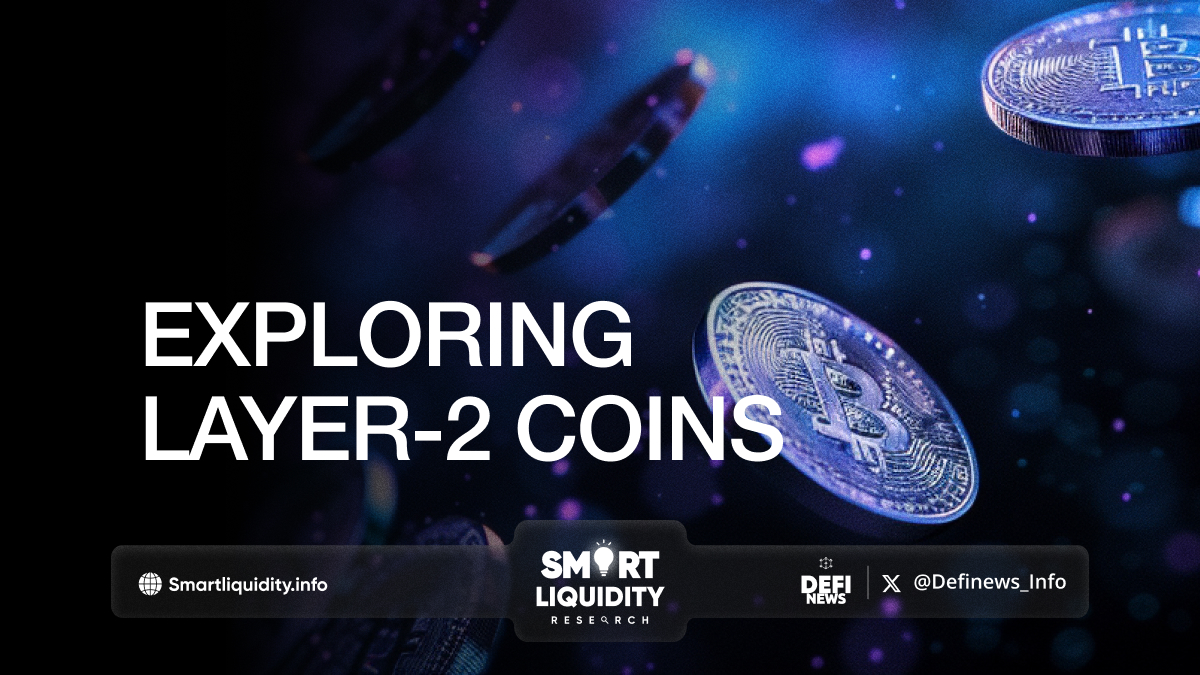Exploring Layer-2 Coins: Enhancing Blockchain Scalability


Introduction to Layer-2 Solutions
Blockchain technology, renowned for its security and decentralization, faces significant challenges in scalability and transaction speed. As the adoption of cryptocurrencies grows, the need for faster and more efficient networks becomes critical.
This is where Layer-2 solutions come into play. Layer-2 solutions are protocols built on top of existing blockchain networks (Layer-1) to enhance their performance. Layer-2 coins are the native tokens associated with these solutions, playing a crucial role in the ecosystem’s functionality and growth.
The Scalability Problem
Layer-1 blockchains, like Bitcoin and Ethereum, have limited transaction throughput due to their consensus mechanisms and block size constraints. This limitation leads to slower transaction times and higher fees during peak usage. Layer-2 solutions aim to mitigate these issues by offloading transactions from the main chain, thereby increasing efficiency without compromising security.
Types of Layer-2 Solutions
There are several types of Layer-2 solutions, each with its unique approach to improving scalability:
- State Channels
These are off-chain channels that allow participants to conduct multiple transactions without broadcasting them to the main chain. Only the final state is recorded on the blockchain, reducing congestion. Examples include Bitcoin’s Lightning Network and Ethereum’s Raiden Network. - Plasma Chains
Plasma is a framework that allows the creation of child chains (or side chains) connected to the main Ethereum chain. These child chains can process transactions independently, with the main chain acting as a security anchor. OmiseGO (OMG) is a well-known project utilizing Plasma. - Rollups
Rollups bundle multiple transactions into a single transaction and submit it to the main chain. There are two types of rollups: Optimistic Rollups and zk-rollups. Optimistic Rollups assume transactions are valid and challenge them if there is a dispute, while zk-Rollups use zero-knowledge proofs to verify transactions. Examples include Arbitrum (Optimistic Rollup) and zkSync (zk-Rollup). - Sidechains
These are separate blockchains that run in parallel to the main chain and can interact with it. Sidechains have their consensus mechanisms and can process transactions independently, with periodic settlements on the main chain. An example is the Polygon (MATIC) network.
Prominent Layer-2 Coins
Several Layer-2 projects have issued their own native tokens, which play vital roles in their respective ecosystems. Here are some notable Layer-2 coins:
- Polygon (MATIC)
Polygon is a multi-chain scaling solution for Ethereum, offering sidechains, rollups, and other Layer-2 solutions. The MATIC token is used for staking, governance, and transaction fees within the Polygon network. - Loopring (LRC)
Loopring is a zk-Rollup protocol for building decentralized exchanges (DEXs) on Ethereum. The LRC token is used for transaction fees, staking, and as an incentive for liquidity providers. - OMG Network (OMG)
The OMG Network is a Plasma-based Layer-2 solution for Ethereum, designed to increase transaction throughput. The OMG token is used for staking, transaction fees, and governance within the network. - Arbitrum
Although Arbitrum does not have a native token yet, it is a prominent Layer-2 solution utilizing Optimistic Rollups to enhance Ethereum’s scalability and reduce transaction costs.
Benefits of Layer-2 Coins
Layer-2 coins offer several advantages to users and the broader blockchain ecosystem:
- Scalability
By processing transactions off-chain, Layer-2 solutions significantly increase the throughput of the underlying blockchain. - Lower Fees
Offloading transactions reduces congestion on the main chain, resulting in lower transaction fees. - Speed
Layer-2 solutions enable faster transaction confirmations, improving the overall user experience. - Interoperability
Many Layer-2 projects enhance the interoperability between different blockchains, fostering a more connected and efficient ecosystem.
Challenges and Future Outlook
While Layer-2 solutions offer significant benefits, they also face challenges, such as ensuring security, maintaining decentralization, and achieving widespread adoption. As the technology matures, we can expect continued innovation and improvements in Layer-2 solutions, driving the next phase of blockchain scalability.
In Summary
Layer-2 solutions and their associated coins are pivotal in addressing the scalability issues of major blockchain networks. By providing faster, cheaper, and more efficient transaction processing, they are paving the way for mainstream adoption of cryptocurrencies and decentralized applications. As the blockchain ecosystem continues to evolve, Layer-2 solutions will play an increasingly important role in shaping its future.
REQUEST AN ARTICLE
DISCLAIMER
“The information provided on this platform is for general informational purposes only. All information on the platform is provided in good faith; however, we make no representation or warranty of any kind, express or implied, regarding the accuracy, adequacy, validity, reliability, availability, or completeness of any information on the platform.”




